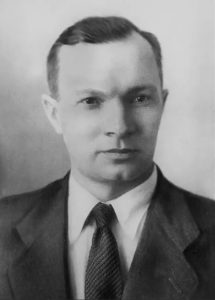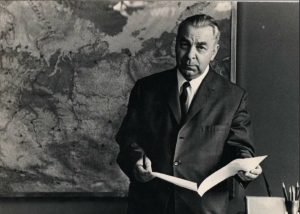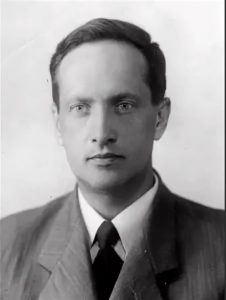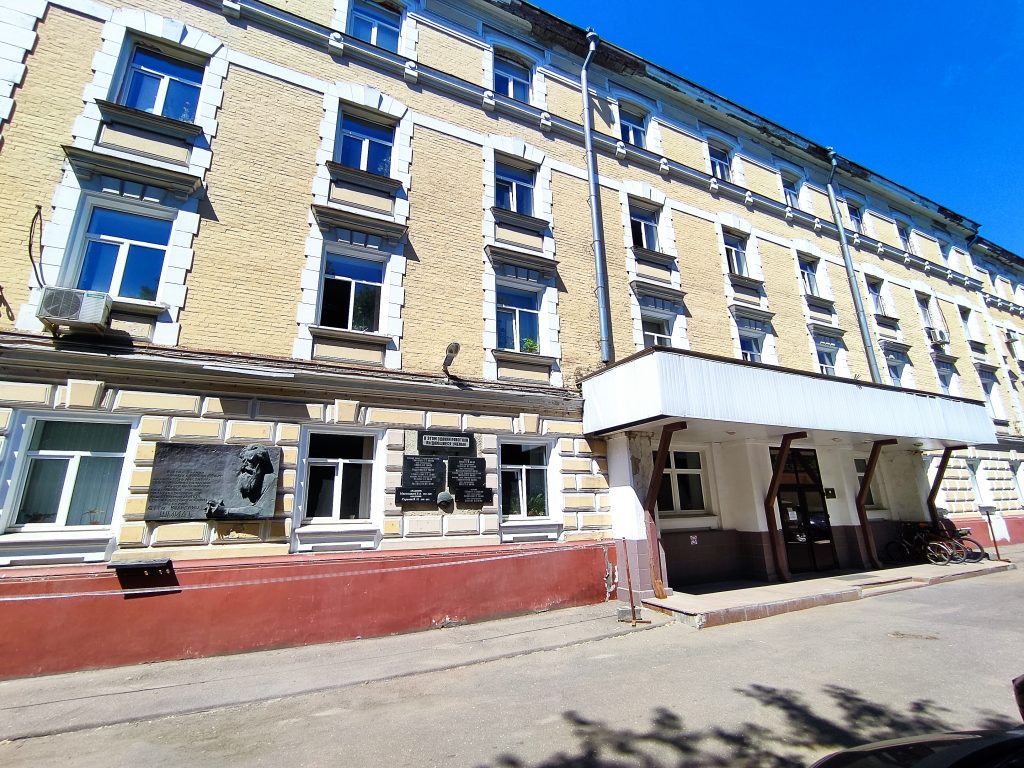Evgeny Fedorovich
Savarensky
1911-1980

Evgeny Fedorovich Savarensky was born on July 18, 1911 in Tula. After finishing high school, he studied at Moscow State University and at Moscow Geological Exploration Institute. In 1932, after graduating from the university with a degree in seismometry, he was enrolled as a researcher in the data processing department of the Institute of Seismology of the USSR Academy of Sciences. In 1935, he organized the seismic station «Moscow» at the Institute, becoming its head. In 1931-1933 he also worked at the Geophysical Institute of the People’s Commissariat of the USSR (since 1934 – the Institute of Physics of the Earth). During the Great Patriotic War, from 1941 to 1943, E.F. Savarensky was in charge of the Tashkent seismic station. In 1940, he defended his PhD, and in 1949 – his doctoral dissertation and became the head of the Department of Seismology of the Institute of Physics of the Earth. In 1979, he was elected as the head of the Department of Seismometry and Geoacoustics of the Geological Faculty of Moscow University; he began teaching at Moscow State University in 1950 as a professor. E. F. Savarensky was the author of more than 180 scientific papers. He participated in the organization of seismological institutes in different republics of the USSR – Tajik, Uzbek, Kyrgyz, Kazakh and Armenian. In 1955-1977 he was the Chairman of the Council on Seismology at the Presidium of the USSR Academy of Sciences. He was awarded the Orders of Lenin, the Red Banner of Labor, the Badge of Honor, as well as medals, including «For Valiant Labor during the Great Patriotic War of 1941-1945».
Evgeny Konstantinovich
Fyodorov
1910-1981

Evgeny Konstantinovich Fyodorov was a geophysicist of the drifting polar station «North Pole-1». He was born on April 10, 1910 in the county town of Bendery, the Bessarabian province (now a part of the self-proclaimed the Pridnestrovian Moldavian Republic). He was Russian. In 1927 he finished 9 grades of the school. In 1932 he graduated from the Geophysical Department of Leningrad State University. In 1932-1937 he was a researcher at All-Union Arctic Institute in Leningrad (now St. Petersburg). As a magnetologist, he wintered at the polar stations on Franz Josef Land and Cape Chelyuskin. He was in the army since July 1941. He was a participant of the Great Patriotic War: in July 1941 – May 1945 he was the Head of the Main Directorate of the Hydrometeorological Service of the Red Army, which provided meteorological data to the active army, aviation, fleet and sea transportation. In 1963-1971 he was the Vice-President of the World Meteorological Organization. He was actively engaged in the problems of the consequences of climate change, the study of human influence on atmospheric processes. In 1965-1979 he was the Deputy Chairman, and since 1979 he was the Chairman of the Soviet Committee for the Protection of Peace. He was awarded 6 Orders of Lenin, Orders of the October Revolution, Kutuzov 2nd degree, 2 Orders of the Patriotic War 1st degree, 2 Orders of the Red Banner of Labor, medals, the Bulgarian Order of Cyril and Methodius, and other foreign award. He got the Stalin Prize of the 2nd degree and the USSR State Prize.
Yuri Vladimirovich
Riznichenko
1911-1981

Yuri Vladimirovich Riznichenko was born on September 28, 1911. In 1926-29 he studied at Kiev Reclamation Vocational School. In 1928-30 he worked in the parties of the Ukrainian Geological Exploration Department in the positions of a collector, topographer and draftsman. In 1930 he entered the Kiev Institute of Railways, but in the same year the institute moved to Dnepropetrovsk, and Riznichenko was transferred to the second year of the geophysical faculty of Kiev Mining and Geological Institute. In 1935, he received a diploma and was drafted into the army. After demobilization in 1936, he moved to Moscow, where he began working under the guidance of Professor G. A. Gamburtsev in the seismic laboratory of the All-Union Office of Geophysical Exploration. In 1938, he was invited by Gamburtsev to the newly created Institute of Theoretical Geophysics of the USSR Academy of Sciences in the Department of Physical methods of mineral Exploration, where he worked all his life, holding positions from a junior researcher to the head of the laboratory. Since 1938, he conducted scientific activities at the Geophysical Institute (since 1956, the Institute of Physics of the Earth) of the Academy of Sciences of the USSR. He developed a kinematic method of interpretation of seismic data – the method of time fields. In the early 1960s, he took part in the Geneva negotiations on the prohibition of nuclear tests. He was awarded two Orders of the Red Banner of Labor, the Medal «For Labor Valor», the Medal «For Valiant Labor in the Great Patriotic War of 1941-1945», the Medal «In memory of the 800th anniversary of Moscow».
Address: Moscow, Bolshaya Gruzinskaya str., 10, p. 1

